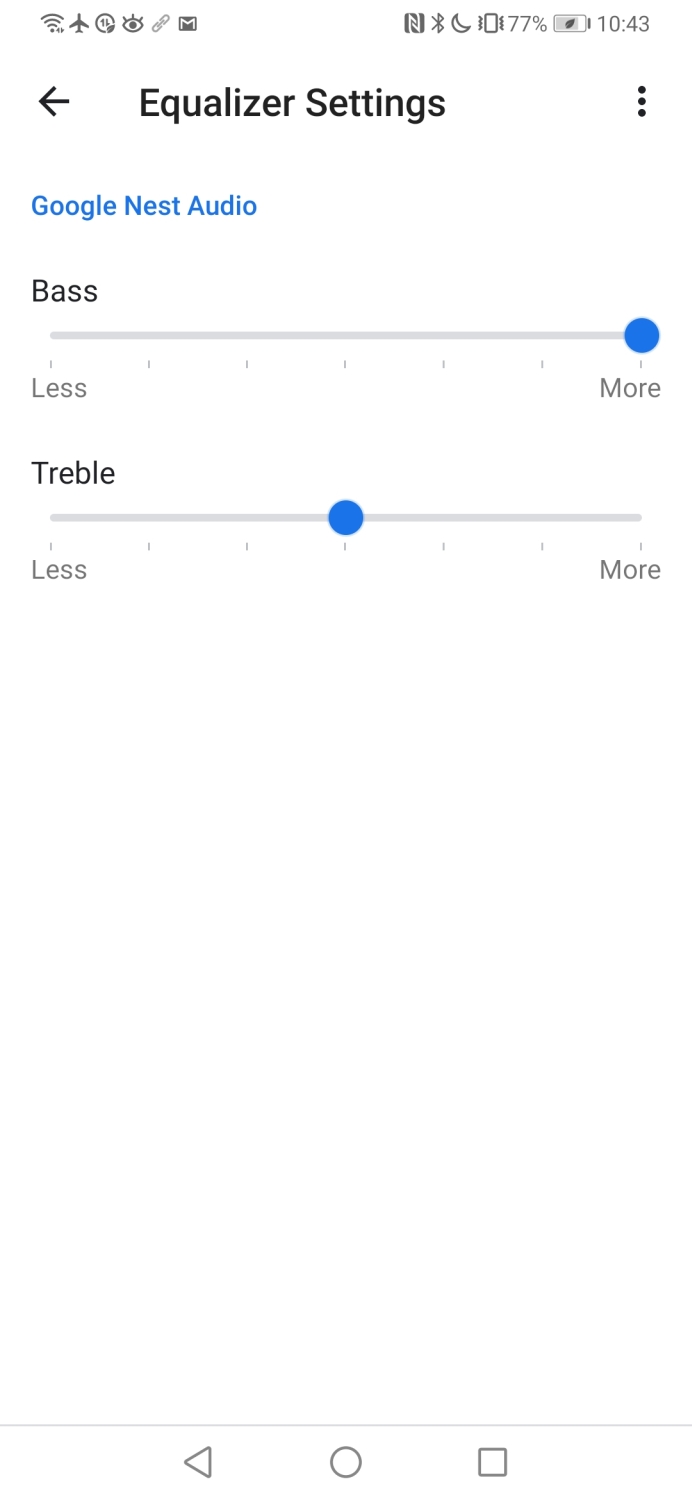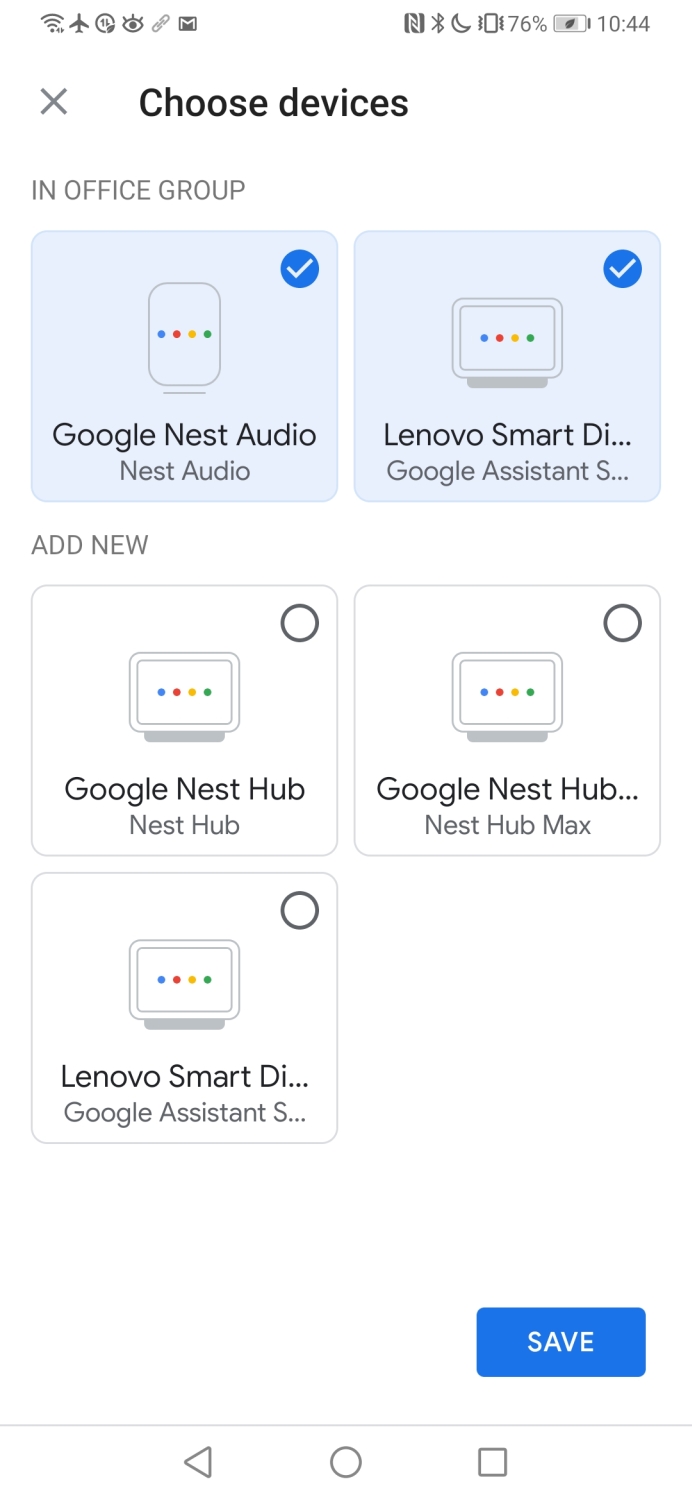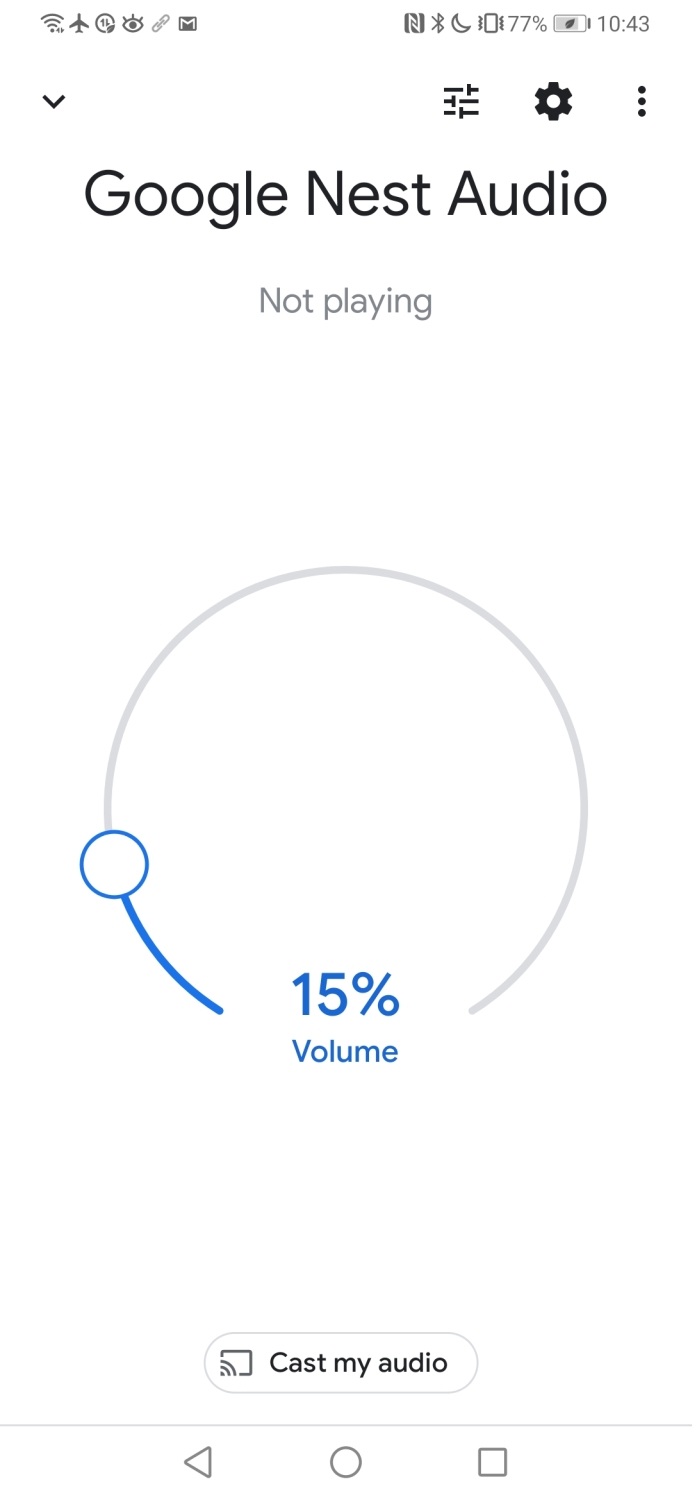
- Superb audio performance
- Charming design for any decor
- Adapts audio quality to any room
- Attractive $100 cost
- Dense weight
- Too complacent with feature upgrades
It’s been nearly four years since the launch of the Google Home, and during that time, we’ve seen how smart speakers have helped foster the smart home’s growth. Google’s own portfolio grew tremendously with the addition of speakers both big and small. And beyond that, we’ve seen a handful of other useful smart home gadgets come out from the company.
The introduction of the Google Nest Audio, which many consider the spiritual successor to the Google Home, is coming to us at an interesting time. While sales for smart speakers continue to beat expectations, last year’s Google Nest Mini wasn’t the grandiose upgrade we were hoping for — and the Google Nest Audio is going to receive the same scrutiny.
Those who took the plunge early on and invested in the
Deceptively dense
Taking the Google Nest Audio out of the packaging, the first thing that stood out for me was its weight. I was surprised by how densely packed it is, tipping the scales at a whopping 2.65 lbs. In contrast, the
There’s a reason why it’s so heavy, though. From the outside, all there is to see is the fabric mesh material wrapping around the entirety of the speaker. It gives it a more neutral look, especially when combined with its tic-tac shape. Underneath the exterior, however, the Google Nest Audio features a metal chassis made of aluminum and magnesium — which explains why it feels so dense for its size. At such a hefty weight, it makes me a bit concerned about what would happen if it were to fall.

Google’s approach to a sustainable future is again on full display with the Nest Audio (always a good thing), as the enclosure is made from 70% recycled plastic. Its clean facade makes me wonder how well the exterior will hold up if it’s placed somewhere more active — like the kitchen countertop perhaps, where it would be exposed to potential spills, splatters, and other hazards that can dirty it up.
Embedded within the mesh fabric material on the front are the LEDs that come to life whenever you initiate
The natural look of the design meshes nicely with almost any decor
Google’s design of the Nest Audio can be best described as a
More muscle for music
The internal components make this a vastly superior speaker for music. With a 19mm tweeter and 75mm mid-woofer, Google says that the Nest Audio is 76% louder and has a 50% boost in bass over the

Don’t get me wrong, the
Similar to the
Ultimately, the Nest Audio is a superb choice for any audiophile. Its room-filling sound strikes a balance between clarity and bass, which can be made better by either pairing it with another Nest Audio for stereo output, or adding it to a speaker group. In the current lineup, it’s positioned between the Nest Mini and Home Max, making it an ideal choice for anyone who loves music, but doesn’t want to pay the heftier price of the Home Max.
Too complacent
So far, I can’t say enough positive things about the Google Nest Audio. But I feel that we’re getting to a point of complacency with smart speakers, and the Nest Audio is a prime example of this. Each iterative smart speaker we’ve seen, whether it’s from Amazon or Google, tends to be better-equipped for audio — and that’s what we expect in any successive gadget.

If we’re to look at the core functions, they don’t differ from
There’s no denying that it’s capable of doing a lot of things. From making phone calls to ordering your favorite pizza pie, the Nest Audio has an extensive list of functions. However, it’s no different from past Google Assistant-enabled smart speakers. I would’ve loved to see it do more!
I feel that the Nest Audio is too complacent.
Perhaps being able to group several of them for true surround sound for watching movies at home? Or maybe integrate the functions of the new Chromecast, so the Nest Audio can connect to a TV and bring the Android TV experience. This is a fundamental problem that smart speakers will continue to face, unless they branch out and become more multifunctional.
Our take
It’s hard to not like the Google Nest Audio. Priced ideally at $100, it packs a substantial audio punch over the $50 Nest Mini, and it even can compete against the $300
How long will it last?
Because it’s meant to be stationary, the chances of it out having issues should be slim. But its dense weight could lead to damage if t’s dropped. If you’re worried about defects, there’s a 1-year limited warranty that covers parts and labor.
Is there a better alternative?
The $100 cost of the Nest Audio makes it significantly more appealing than, say, the $300
Not a fan of
Should you buy it?
You bet. Google’s investment in making it a more comprehensive speaker makes it a solid buy at $100.






